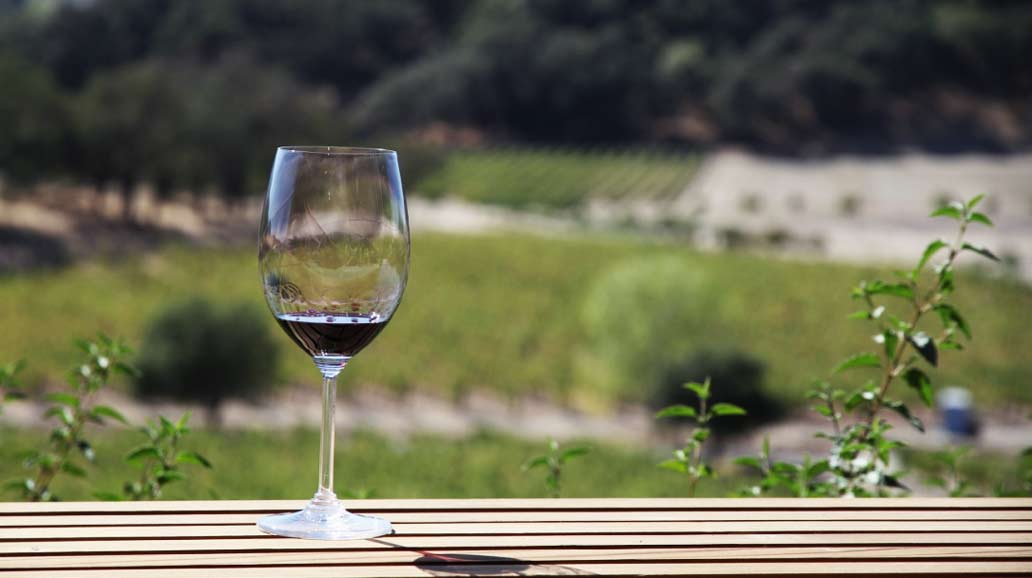The Pinotage grape variety is almost exclusively tied to its roots in South Africa and was once the 2nd most widely planted grape in South Africa next to Chenin. This New World wine was first created by a professor named Abraham Izak Perold at Stellenbosch University in 1925 as a cross between the more delicate Pinot noir grape which is hard to grow in hot South African soil and Cinsault (called Hermitage at the time) which grows more vigorously. And thus Pinotage the lovechild of these two varieties was born.
Winemakers have been experimenting with the grape over time, creating everything from light, floral wines to more serious, barrel-aged Pinotage. Many of the popular pinotages offer hints of red licorice, rooibos, banana, chocolate, dried leaves, sweet and sour sauce, leather, sweet pipe tobacco and even bacon can be traced. The tannins in pinotage are known to pack some serious punch and are most popular with shiraz and cabernet drinkers.
Due to the prevalence of pinotage in the Western Cape, South Africa, winemakers have deemed a local version of the Bordeaux Blend called the “Cape Blend.” The official definition of a “Cape blend” is any red wine blended with a significant portion of Pinotage. (The statutory minimum portion of a variety to be mentioned on the label is 20% according to the regulations set by the South African Wine & Spirits Board). Cape Blends often include Merlot and Cabernet Sauvignon as their core companions but varieties such as Shiraz, Cinsault and Cabernet Franc also grace its presence.
Our friend and celebrity sommelier Higgo Jacobs has his eye on the pulse on which wines to watch out for and he’s given us some insider tips on which Pinotages to try out before they sell out.

Higgo Jacobs
“Pinotage is experiencing a mini renaissance with an increasing number of producers exploring a bright and juicy expression of the variety that shows off the fruit rather than oak, and showing real finesse with less ripe extraction. This lively style of Pinotage is what gets me excited, and I believe it’s the future for the variety. Not only does it fit more naturally with the genetic origin of the variety (Pinot Noir and Cinsaut must surely have elegance and lifted fruit in their offspring), but it also tips the hat nicely to the lighter bottlings of Pinotage back when it first came into production.”
B Vintners Liberté Pinotage

Paardebosch Pinotage

Flagstone Truth Tree Pinotage

KWV Mentors Pinotage

Radford Dale Frankenstein







Comments
I would love to know more about these…